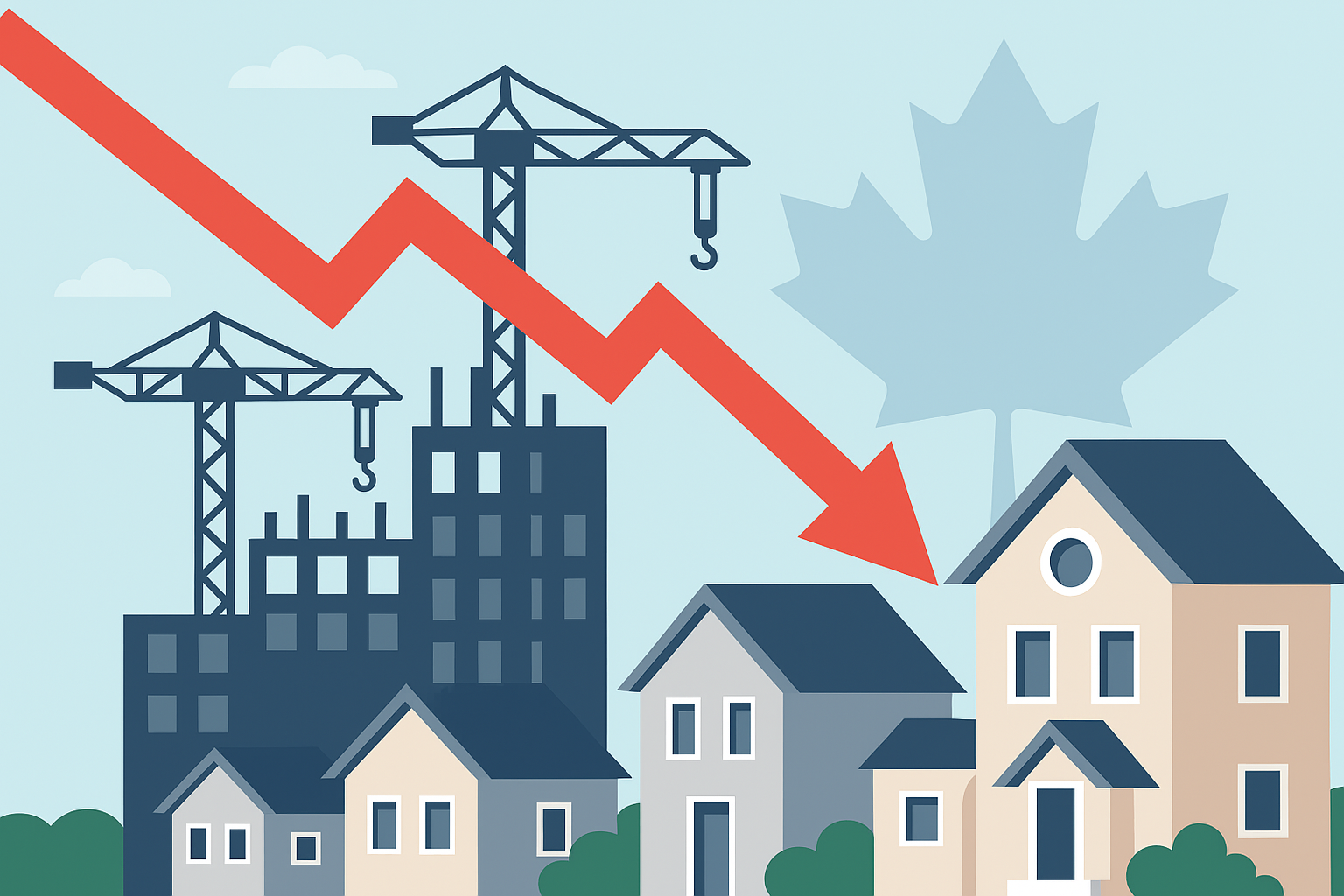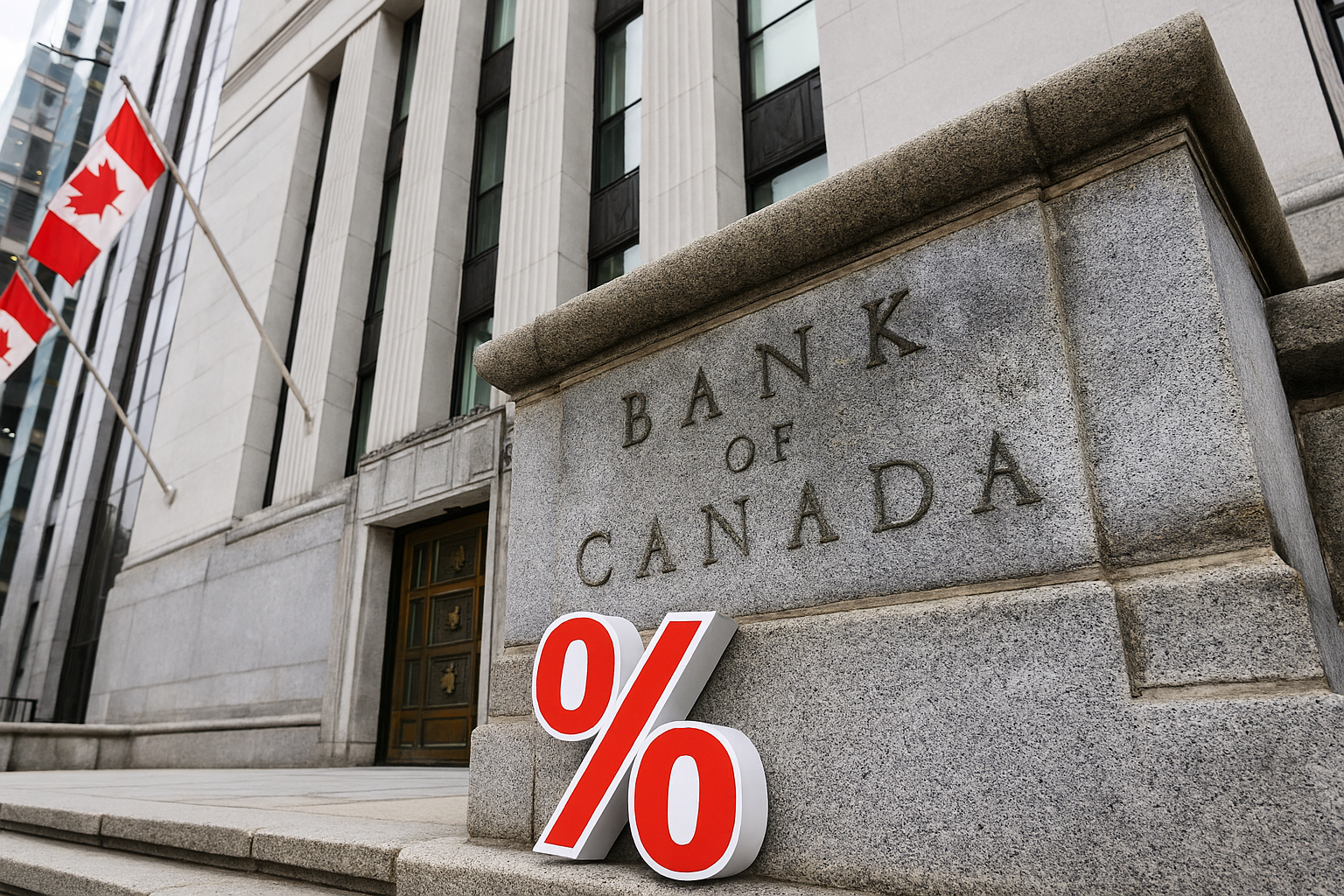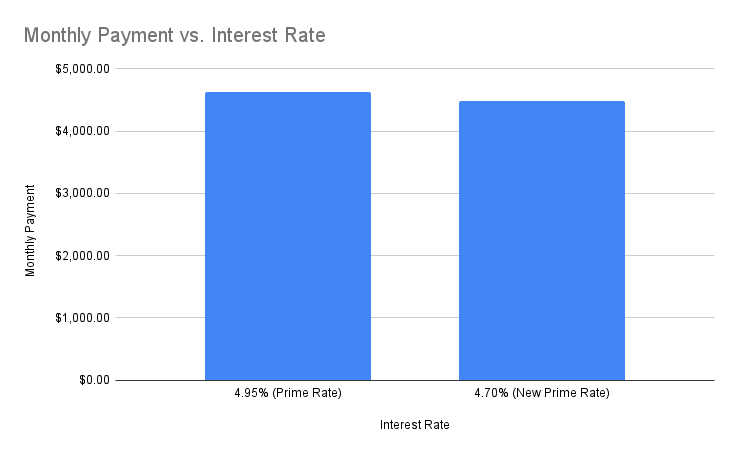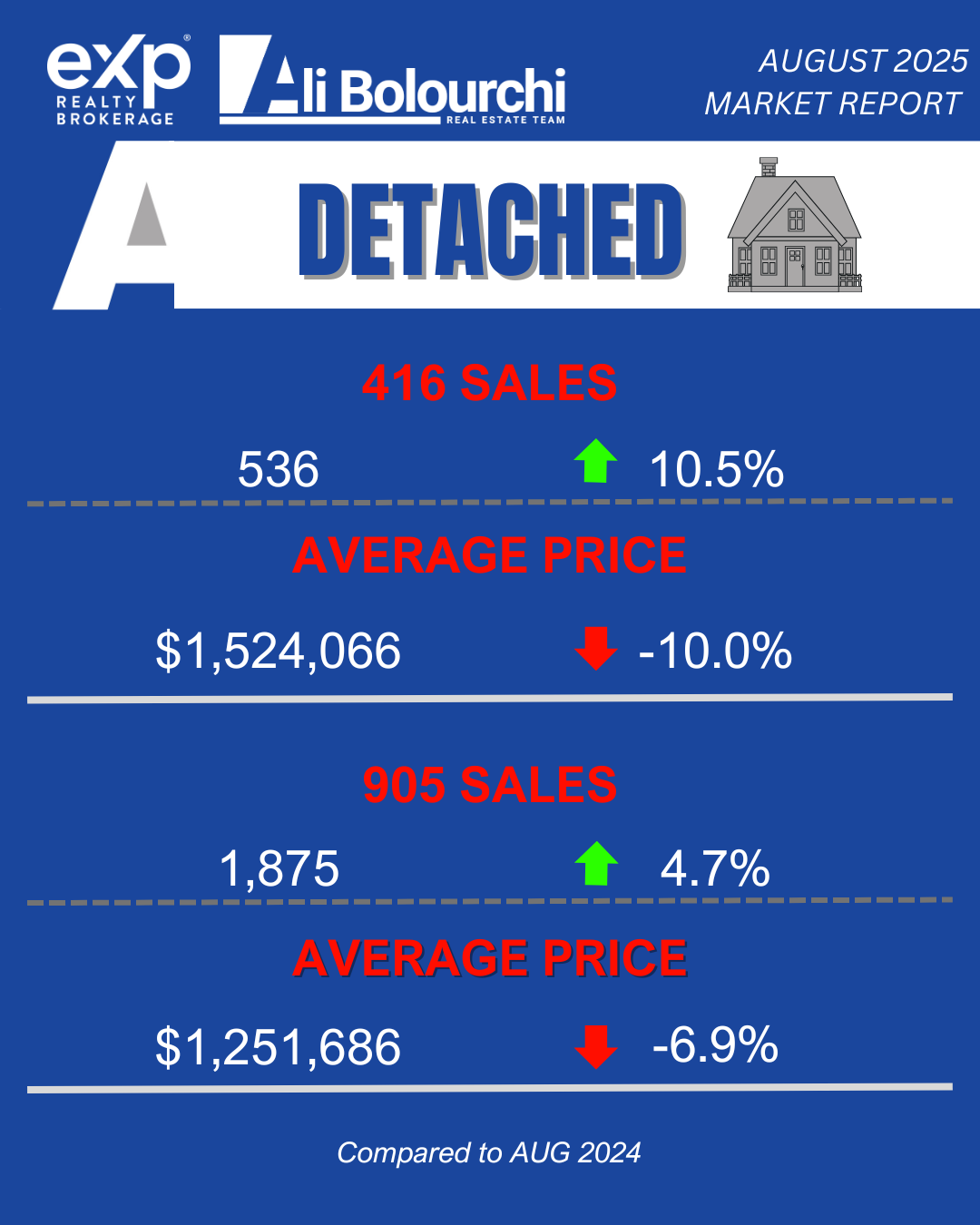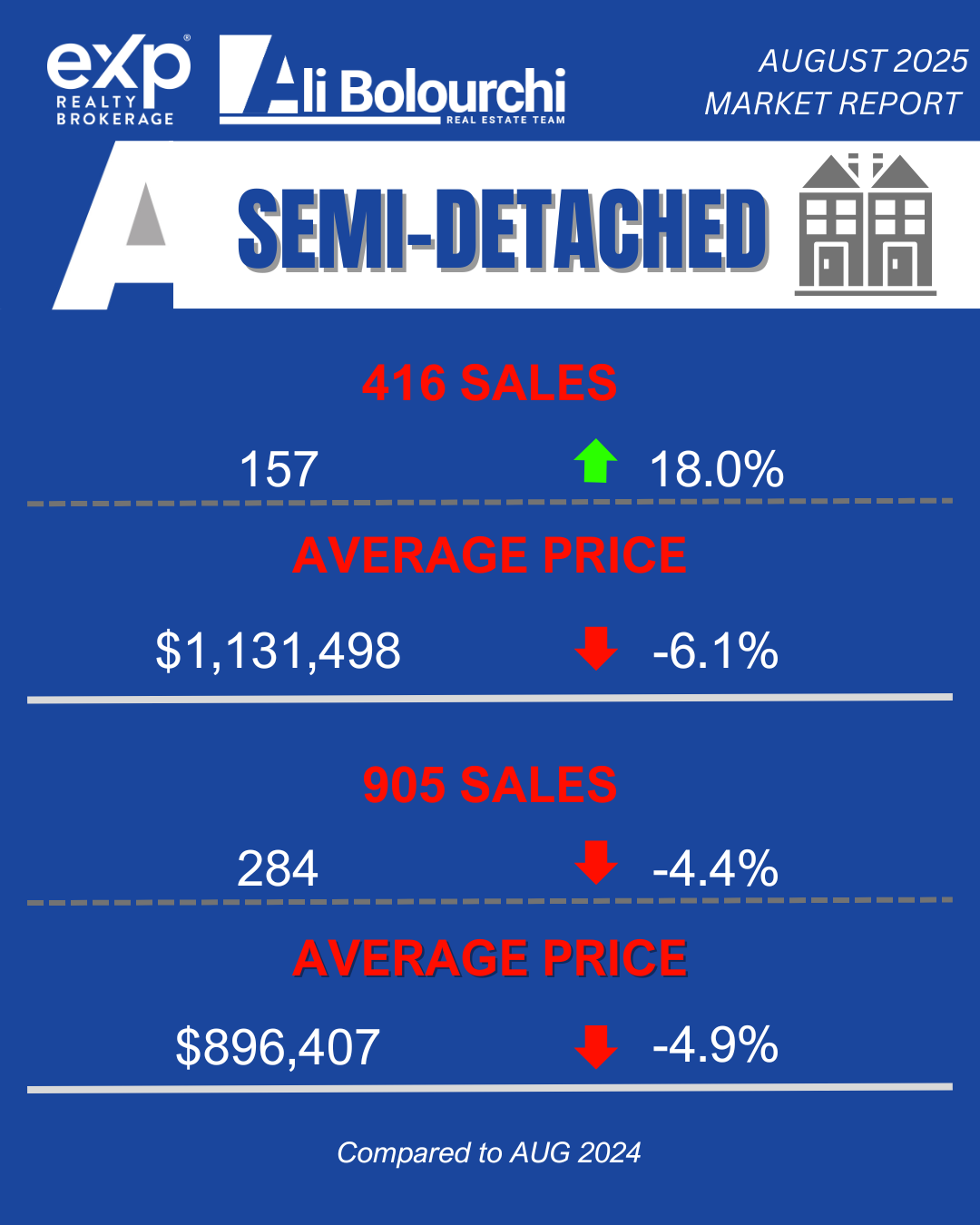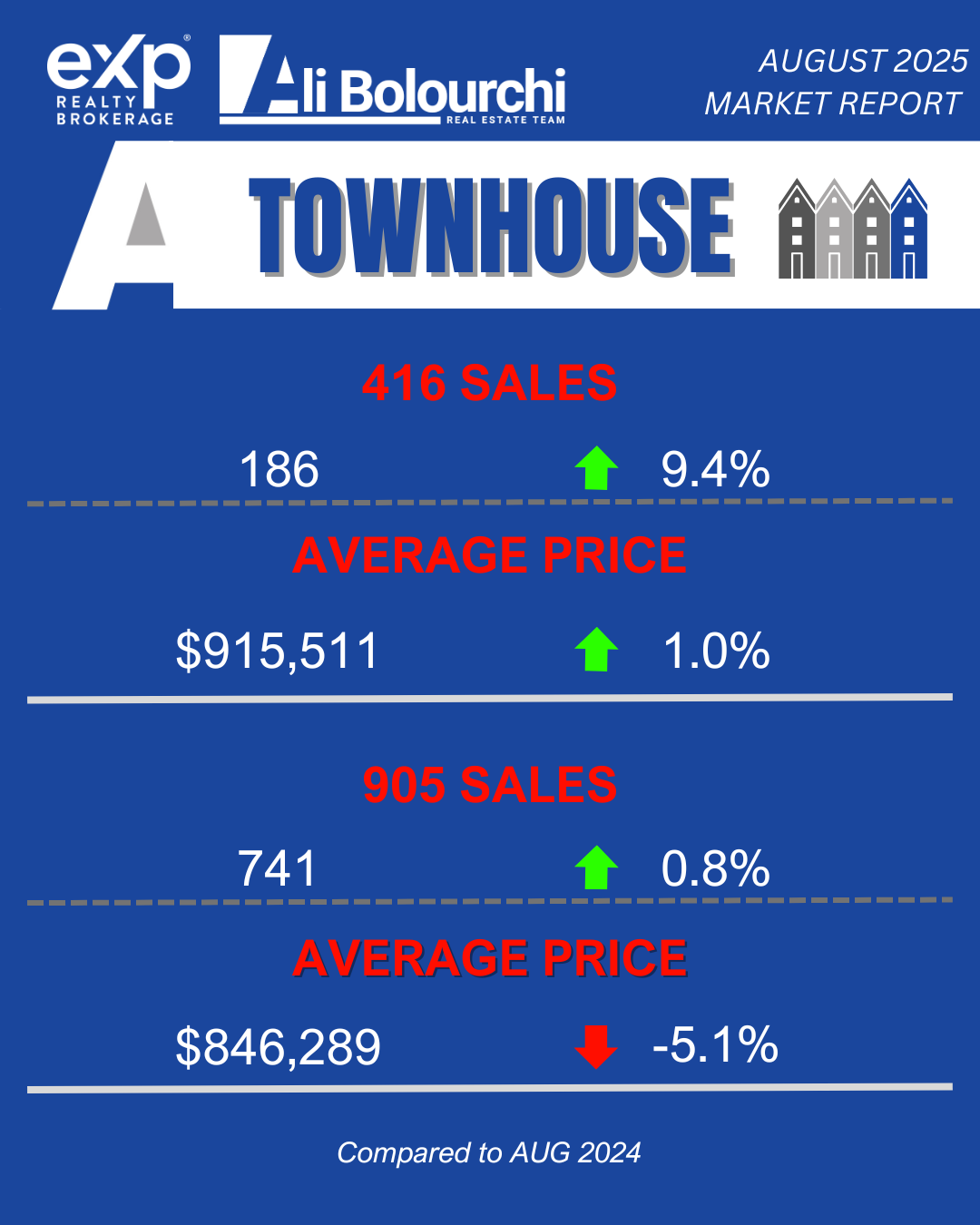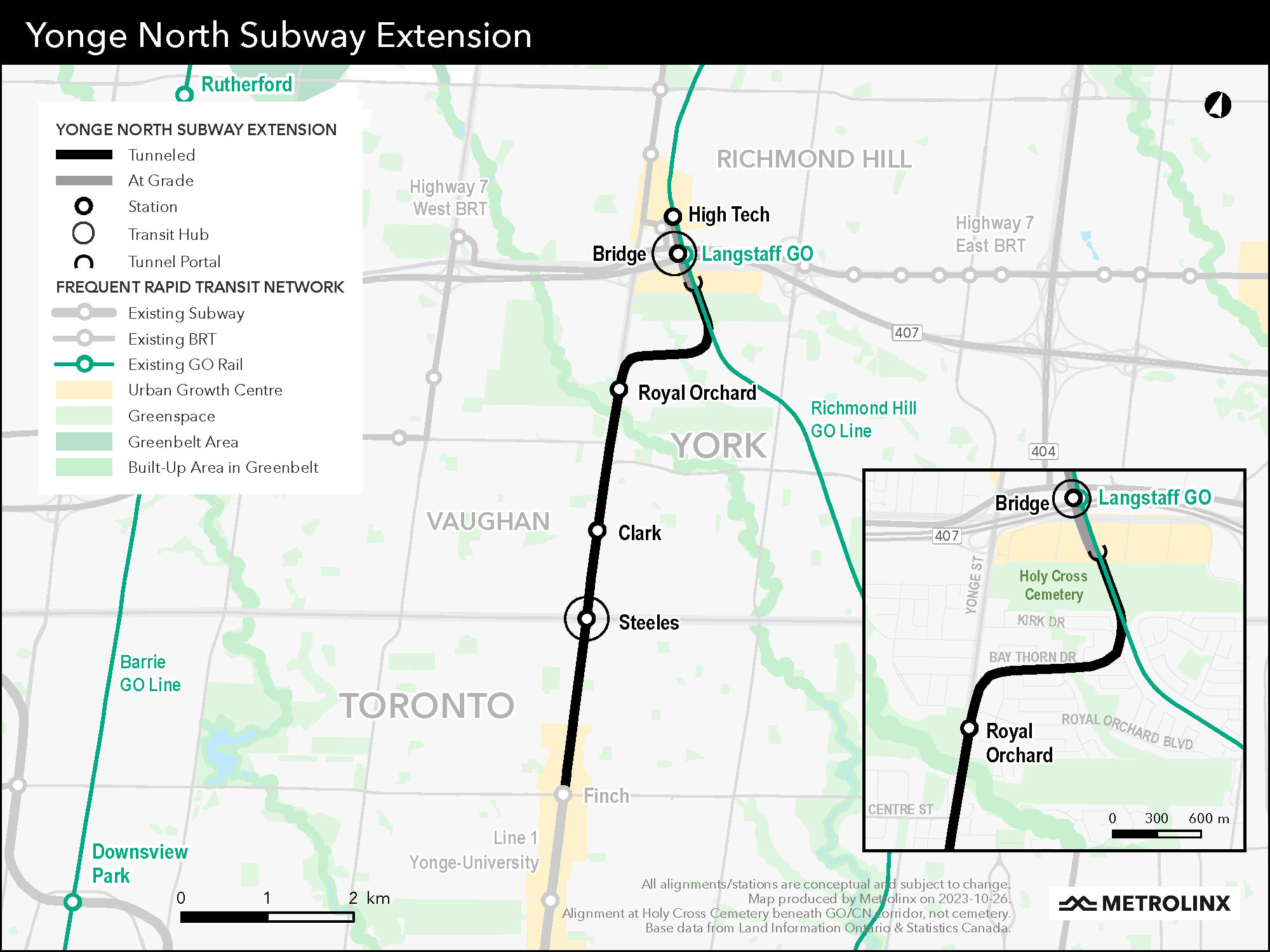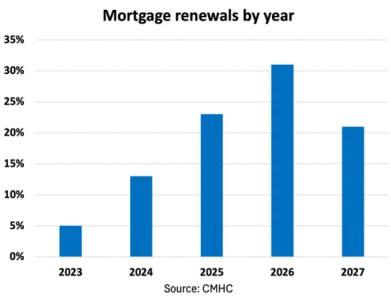It was the headline that stopped the development community cold: Ontario is currently on track to hit only 26% of its annual housing target, with housing starts down by a staggering 23% compared to last year. While politicians debate the semantics, the reality is simple: the promise to build 1.5 million homes by 2031 is now facing a severe, multi-year failure. For investors and current landlords in the Greater Toronto Area (GTA), this isn't just a political talking point—it's a fundamental shift in market dynamics. The crisis in supply means two things are now certain: competition for existing rental units will remain brutal, and the value proposition of owning income property in Southern Ontario has become exponentially stronger.
The Shocking Data: Unpacking the 26% Failure Rate
The provincial goal is ambitious: deliver 150,000 new homes annually to meet the 1.5 million target. However, the economic and political realities of 2025 have driven a deep contraction in new construction. Recent figures from the Canada Mortgage and Housing Corporation (CMHC) and local boards reveal a stark misalignment between policy ambition and construction reality.
The Policy Promise vs. The Ground Reality
The latest statistics confirm that Ontario is the major outlier in Canada. New construction activity is slowing dramatically, placing the province far behind its national peers.
The failure rate of 26% translates directly into hundreds of thousands of missing homes in the future, guaranteeing the fundamental imbalance between housing demand and housing supply will persist for years.
Why Builders Are Hitting the Brakes (The Investor's POV)
This deep contraction in new supply is driven by financial risk and uncertainty, forces that strategic investors must understand to predict long-term gains.
Cost, Risk, and the Rate Conundrum
The High Cost of Capital: Despite the Bank of Canada recently cutting the overnight rate to 2.5%, the cost of capital for massive, multi-year construction loans remains high. This makes large-scale projects financially unviable without aggressive pre-sales, leading to what is effectively a "builder strike" where projects are delayed or cancelled.
Political and Economic Uncertainty: Lingering global economic risks (such as trade war tariffs on building materials) combine with federal changes to immigration targets—a key driver of rental demand—to create too much volatility. Developers, facing higher material costs and uncertain future demand, are taking a "wait-and-see" approach.
Municipal Red Tape: Despite provincial efforts, developers still cite chronic delays with permits, approvals, and development charges as core reasons why projects stall, turning three-year plans into five-year nightmares.
The Investor's Advantage: Rental Market Pressure Cooker
The crisis in the ownership market has a powerful, long-term effect on the rental sector. Fewer homes being built today mean guaranteed scarcity tomorrow.
Rental Demand: The Permanent Squeeze
While the rental market has experienced a slight softening in advertised rates in some newer condo segments, the underlying demand for occupied units remains ferocious. This highlights a momentary oversupply of new units, not an overall easing of tenant demand.
Existing Property Values: Scarcity as a Premium
Freehold Insulation: The massive contraction in housing starts is focused on high-density condos. This lack of new low-rise construction makes existing freehold properties with income suite potential (e.g., legal duplexes/triplexes) an increasingly rare and valuable asset, insulated from the condo market's pricing volatility.
Rising Yields: The data clearly shows that actual rental income from occupied units continues to grow aggressively (up 9.5% to 10.7% YOY for Toronto). This confirms that rental cash flow will continue to support high property valuations for strategic investors.
Conclusion: The Long-Term Bet on GTA Supply Failure
The lack of political success in meeting housing targets guarantees that high demand will continue to collide with critically low inventory for years to come. For the strategic investor, this failure is not a problem; it's a long-term economic catalyst. The income-generating properties that exist today are gold-plated assets in a market where new supply is proving impossible to deliver at scale.
Actionable Takeaways for Stakeholders:
Investors: View any current market flatness as an opportunity to acquire units that will command premium rents and equity gains due to the inevitable, prolonged supply shortage. Focus your search on high-yield properties with multi-unit potential.
Landlords: Tenant retention is critical. The cost of vacancy is now higher than ever. Review your portfolio for potential legal conversions (duplex, garden suite) to maximize the income stream from your existing asset.
Buyers (General): While some detached home prices may be flat, the long-term solution (supply) is failing, meaning holding any form of residential property remains a vital wealth-building strategy.
Developers/Builders: Re-evaluate land holdings. Smaller, infill projects utilizing flexible provincial legislation (Missing Middle) may be the most viable path forward to navigate financing constraints and permitting friction.
Ready to Capitalize on the Supply Crisis?
Don't let market headlines confuse you. This is the time to act with a clear, data-driven plan to acquire or optimize income property.
Book a Strategy Session: Let's review your investment goals against this new supply data to pinpoint the most resilient income properties in the GTA.
Access the Right Data: We use MLS® access and data tools to find properties that meet the stringent criteria for high-yield, conversion-ready investment.


